A DEFINITIVE GUIDE TO DESIGNING AN EMPLOYEE WELLNESS PROGRAM
Developing a wellness program for your employees is a key factor for improved health and productivity. As an employer, benefits you would stand to gain from designing a wellness program include:
- Reduced cost of health care.
- Reduced downtime due to ill health.
- Increased productivity from employees.
- Reduced cost accrued from disability and healthcare expenses.
- Improved company loyalty and employee morale.
As a result of the increasing cost of healthcare, a well-designed and properly structured wellness program that sees to the health of the employee as well as the overall profitability of the company should be a priority to every business owner and employer of labour this year.
Below is a step-by-step process for developing a well-structured employee wellness plan.
Arrange for Employee Assessments Over Key Areas
This is to enable you to obtain information on employee health and general organizational disposition to make improved plans based on the information garnered.
- Carry out employee surveys to determine employee needs and personal wellness interests.
- Carry out employee health risk assessment
- Determine the wellness program best suited to your company via an organizational assessment.
- Find out how often employees visit a medical professional.
- Review the office health practice and employee health culture.
Get Support of Management
Management’s support is important when building or designing a wellness program. This will ensure a seamless funding process to sustain the wellness program. For this to happen, the potential value of the endeavour has to be clear and obvious.
The program must be tied to the short-term and long-term goals of the organization with a view on how the wellness program aids the accomplishment of these goals.
Institute A Health and Wellness Team
This team will be saddled with the responsibility of ensuring the effectiveness of the program as well as driving employee support for it. Evaluating the current programs, services, and policies that are available in the workplace. They would have to:
- Assess employee preference and need.
- Develop a plan or strategy for promoting the wellness-program.
- Evaluate, monitor and assist in the implementation of wellness activities.
Goals and Objectives
The key goal for many organizations might be to generally decrease costs accrued to healthcare by improving employee health. The goals of a wellness program are usually broad and the objectives and measurements are usually long-term. Regardless, the goal should be clear and the objectives should be well-defined and measurable.
Draw Up A Budget
Generally, components of a wellness budget would include HR representative and committee member time, meeting provisions, promotional materials, incentives for participation, screening vendor/other provider fees, etc.
Employers may also wish to find out if employees will be willing to fund a part of the wellness program, especially where it involves non-conventional offerings like yoga classes and the likes.
Develop the Components of the Wellness Program
It is necessary to have a variety of wellness components included in the wellness program. These components would be based on internal research and surveys that target the preferences, needs, interests, and health risk inclinations of the employees. The extent to which a company intends to be involved and responsible for the wellness and healthcare of the employees would also influence the components of the wellness program. Some components may include:
- Health risk assessments.
- Vaccination clinics.
- Nutrition education.
- Exercise programs and activities.
- Weight loss programs.
- Stress reduction programs.
Determine Incentivization Plan or Reward Structure
Incentivizing employees is an effective way to drive a change in behaviours that adversely affect health and wellness, help individuals complete a program, increase participation rates, and adhere to healthy behaviors. In due course, the reward motivation changes from extrinsic incentives and rewards to an internalized reinforcement on the benefits of adhering to good health practices.
Assess The Program’s Success
There should be an established measurement and control at the start of the program, for determining and assessing its success. These metrics include rate of participation, the rate at which employees completed wellness programs, reduced cost of healthcare, percentage of employees who made tangible and positive lifestyle changes as a result of the program, etc. Irrespective of what metrics are used, a proper assessment of the wellness program is key to ensuring success and continuity.
